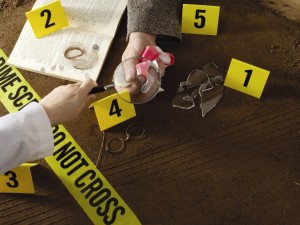 In the previous posting, I mentioned that law enforcement agencies use social media in criminal investigations. Before turning back to more traditional forms of forensic analysis, I wanted to highlight more information about social media uses.
In the previous posting, I mentioned that law enforcement agencies use social media in criminal investigations. Before turning back to more traditional forms of forensic analysis, I wanted to highlight more information about social media uses.
The August 2012 issue of Government Security News magazine includes the article, “Social media play a ‘significant and growing’ role in law enforcement.” The article describes the results of LexisNexis® Risk Solutions’ recent survey of 1,200 federal, state, and local law enforcement professionals. About 80% of the respondents claimed to use various types of social media to assist criminal investigations. The most popular uses of social media include identification of people and locations, gathering evidence, and discovering criminal activity. The most widely-used platforms include Facebook and YouTube. Most of the respondents said that their use of social media platforms has helped to solve crimes more quickly. They also said that almost 90% of the time, courts have upheld search warrants that relied on information culled from social media to establish probable cause.
In her CNBC posting, “Busted! Police Turn to Social Media to Fight Crime,” Cadie Thompson offered the views of Haywood Talcove, CEO of LexisNexis® Government Solutions. Talcove said that law enforcement officials often use as evidence images, postings, tweets, and other social media content. This raises the question: Why would anyone publicize incriminating evidence? “Criminals have that same desire to share and to show-off,” Talcove said. “I don’t think they can resist using these tools.”
In films, TV shows, and books, fictional criminal investigators turn to social media for clues. Your fictional heroes might want to follow their lead.



